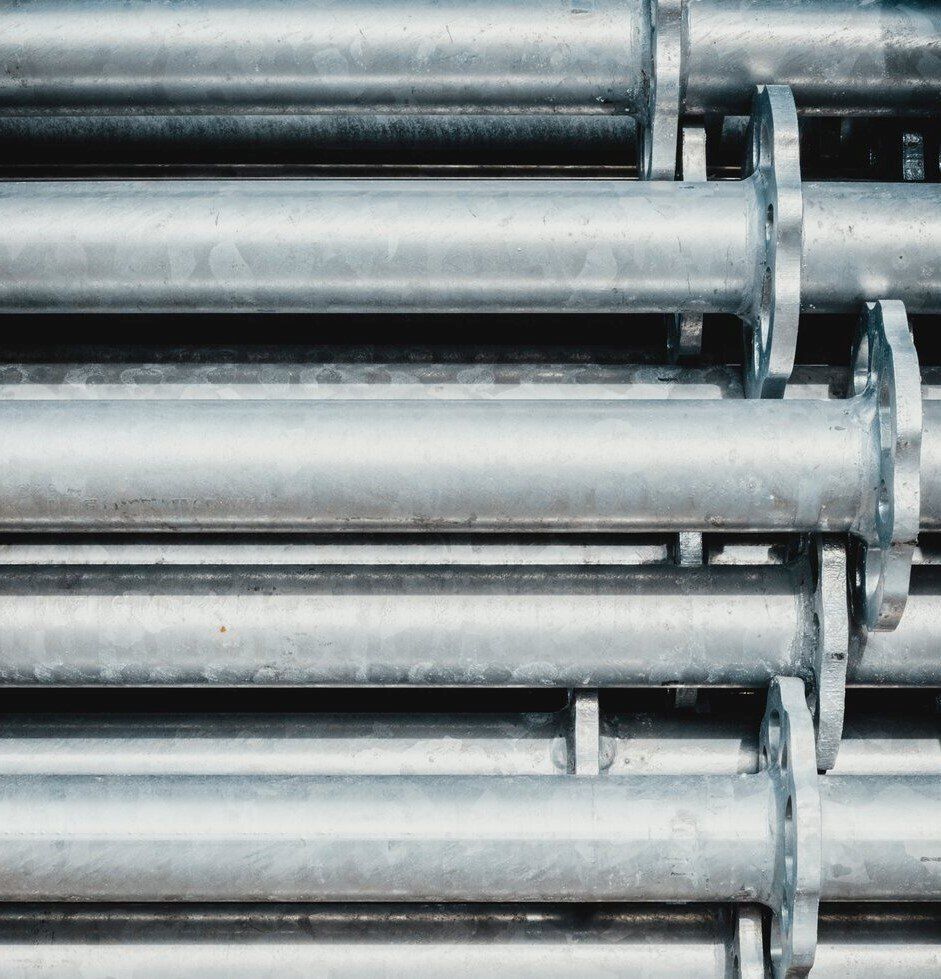Having Problems With Frozen Pipes? Here’s The Solution
The cold weather causes all kinds of plumbing problems but perhaps the most severe is frozen pipes. The cold weather causes the temperature of the water in your pipes to fall below zero. The water freezes and becomes solid ice and hence cannot flow through the pips. This can cause your pipes to burst because it is a very serious clog. It also inhibits the flow of waster into your home, which means that your taps will now run dry or almost dry. You can tell that your pipes are frozen if you turn on your faucets or showers and only a trickle of water comes out. If this happens during the cold season when temperatures are below zero, then your pipes are definitely frozen. Your drainage and sewer pipes can also get frozen. If you suspect that your sewer lines are frozen, then you should request for Woodbridge sewer inspection services immediately to have the problem fixed. But if it’s only your home water supply pipes that are frozen, then you should do the following.
Shutoff The Main Water Valve
The moment you suspect that your water supply pipes are frozen, locate the main water shutoff valve and turn it off. The first thing that you should do is to stop the flow of water into these frozen pipes. Remember this is a clog in your water supply pipes. If more water is forced into these pipes and it can’t flow through, then your pipes will burst. Shutting off the water will also help to reduce the amount of ice in the pipes because as more water flows into the pipes, more ice is made in these subzero temperatures.
Open A Faucet
The next thing that you should do is to open the faucet(s) that are connected to the frozen pipes. Opening these faucets helps to relieve the pressure that is trapped inside the pipes. These opened faucets and showers will also be used to drain the frozen water once the pipes are thawed.
Thaw The Frozen Pipes
You can now try to thaw the frozen pipes. Some of the frozen pipes could be installed inside the walls and others could be exposed. Start with the exposed pipes from the faucet towards the frozen part. Apply heat carefully and slowly on the pipe using a hair dryer, an infrared heating lamp, a portable electric space heater, an electric heating pad or blanket, an electric pipe heat tape, or towels soaked in hot water. For a hidden pipe, you can turn up the thermostat and use the heat generated to thaw the ice in the pipes. You can also tear that section of the wall to access the pipe and then use any of the aforementioned items to thaw it. Or you can thaw the pipe through the wall with an infrared lamp. You should never use a blowtorch, kerosene, a propane heater, a charcoal stove, or any open-flame device, to thaw frozen pipes. It is often best to contact your local plumbing service as they will know how to handle this problem quickly and properly.
How To Prevent Frozen Pipes
You can prevent your pipes from getting frozen during the cold season by leaving a few faucets slightly open to allow some trickling; the flowing water resists freezing. You should also leave your thermostat on and set 55 degrees or over even when you are out of the house. You should leave all cabinets below your sinks open to allow the warm air to circulate around the pipes. You can also wrap your water supply pipes with electrical heat tape and insulate them with foam insulation.
You might also like




